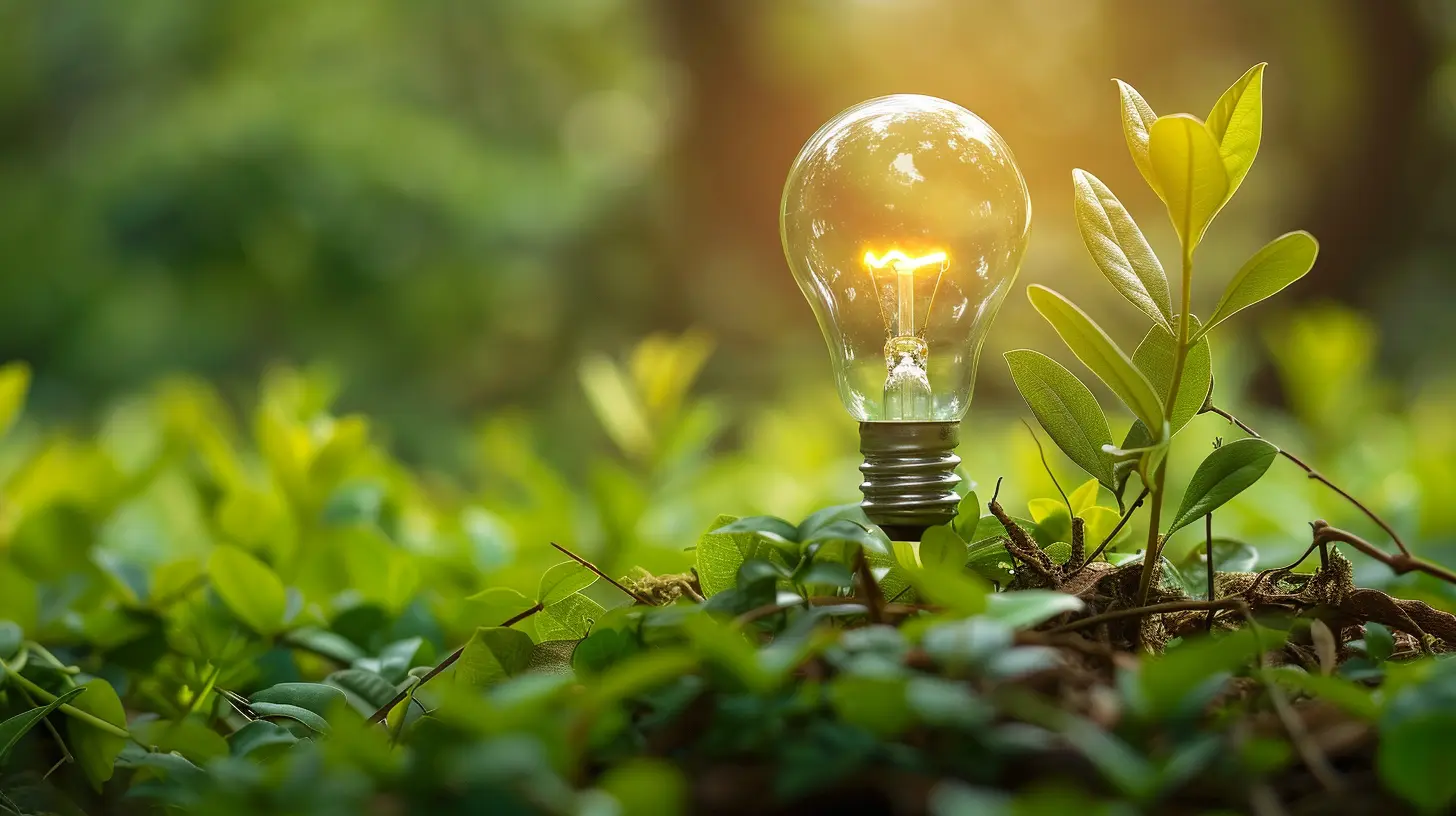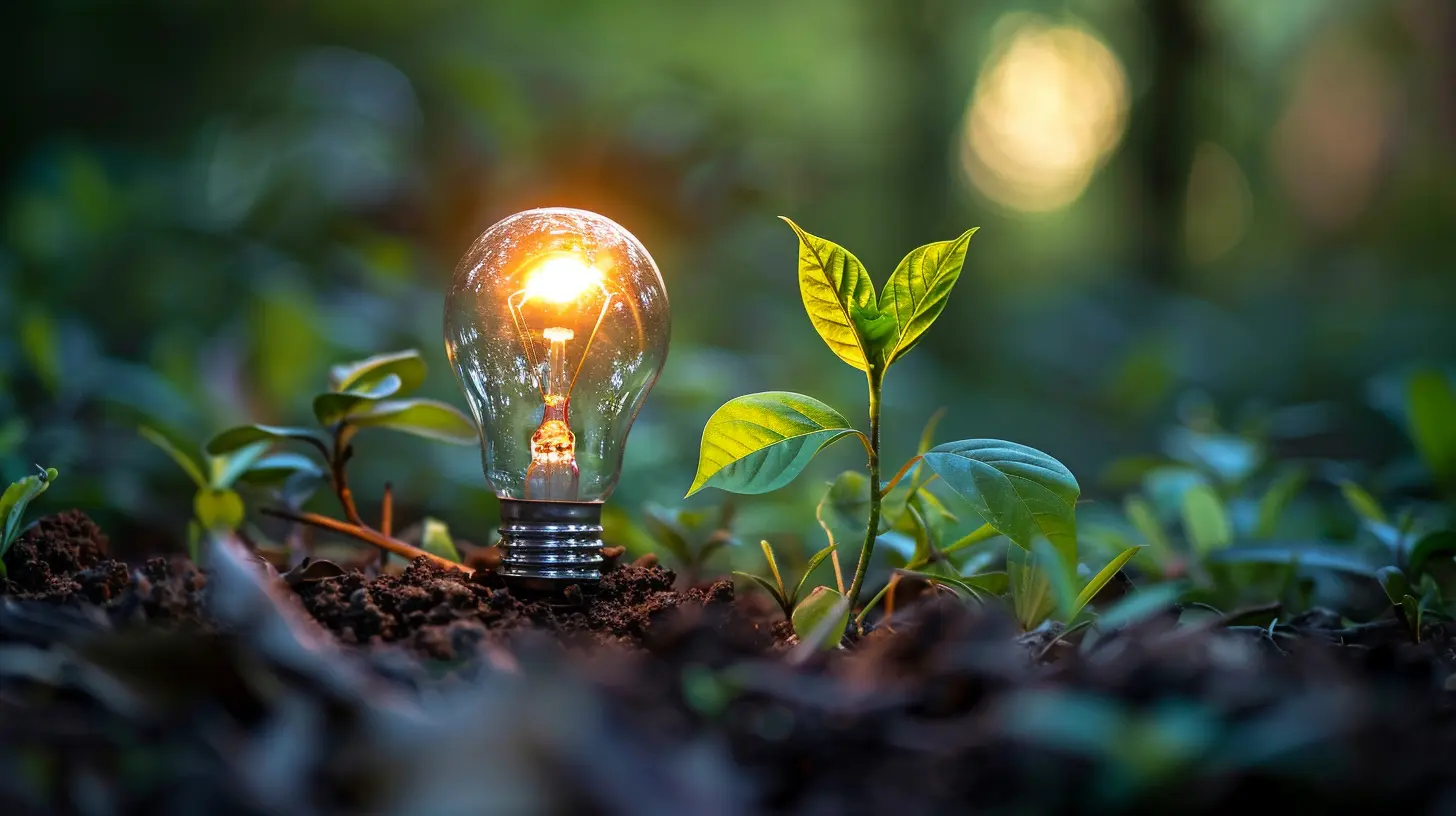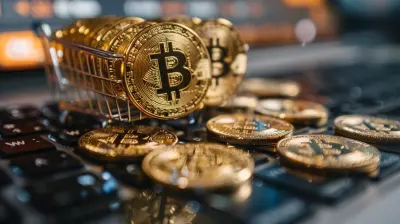The Intersection of Sustainability and Innovation: How Greener Solutions Drive Growth
13 August 2025
Let’s be real—terms like “sustainability” and “innovation” get thrown around a lot these days. Everyone’s into going green and staying ahead of the curve. But when these two powerhouses meet at the crossroads, something magical happens. It's not just good for the planet—it’s good for business, too.
You might be wondering, “Can companies really grow by being more eco-conscious?” Short answer? Absolutely. In fact, greener solutions are quickly becoming the secret sauce for long-term success. So, grab a coffee, and let’s dive into how sustainability and innovation are becoming the ultimate business duo.
Why Sustainability Is No Longer Optional
Let’s face it—planet Earth has been sending some pretty clear signals. From wild weather patterns to resource shortages, it’s obvious we need to change the way we do business. But here’s the good news: companies don’t have to choose between “making a difference” and “making a profit.”Sustainability is now a key driver of innovation, not a barrier. The proof is in the numbers. More than ever, consumers expect brands to take responsibility for their environmental impact. And guess what? They’re willing to pay more for sustainable options.
In other words, being green isn’t just a feel-good trend—it’s what your customers want and what the planet needs.
Innovation: The Green Engine of Growth
Think of innovation as the engine, and sustainability as the fuel. When businesses start thinking creatively about reducing waste, conserving energy, or using cleaner materials, they spark ground-breaking ideas.Take Tesla, for example. They didn’t just build electric cars—they redefined what cool, high-performance green tech looks like. Or Patagonia, which built an entire brand around environmental advocacy and product durability.
These companies aren’t anomalies—they’re trailblazers. And their success stories show that innovation plus sustainability equals a bigger, better bottom line.
The Business Case for Going Green
Okay, now let’s zoom into the nitty-gritty: How exactly do greener solutions drive growth?1. Cost Savings Through Efficiency
Ever left the lights on and winced at your electric bill? Businesses feel that pain too—but on a much larger scale. By integrating energy-efficient tech or optimizing their supply chains to reduce waste, companies can save a ton of money.Think LED lighting, smart HVAC systems, or lean manufacturing. These innovations lower operational costs and free up cash that can be reinvested elsewhere.
2. Stronger Brand Loyalty
Consumers today are savvy. They read labels, follow sustainability reports, and they value transparency.When brands show they care—by using recycled materials, supporting fair trade, or reducing emissions—they build trust. And trust leads to loyalty. Loyal customers don’t just stick around—they become brand advocates. They’ll post about your eco-friendly packaging on Instagram and recommend you to friends.
3. Competitive Advantage
Let’s say two companies offer the same product. One uses plastic packaging and the other uses biodegradable, compostable alternatives. Which one are you more likely to choose?Being sustainable isn’t just about doing the right thing—it’s a legit way to stand out. Companies that adopt green practices early position themselves ahead of the game when regulations shift or customer expectations evolve.
4. Attracting Top Talent
You know what the next generation of workers wants? Purpose. Millennials and Gen Z are drawn to companies with values that align with their own.If you want to attract innovative, passionate employees, start by showing that you care about more than just profits. A purpose-driven brand culture built on sustainability can inspire loyalty—not just from customers, but your team too.
Real-World Examples of Greener Innovation
Still with me? Awesome. Let’s check out a few companies that are killing it at the intersection of sustainability and innovation.Apple
Yep, the tech giant. Apple is moving toward using 100% recycled materials in its products. They’ve even made a robot named Daisy that disassembles iPhones to recover valuable materials. It’s tech recycling tech—it doesn’t get cooler than that.IKEA
This furniture giant isn’t playing around. IKEA is investing in circular product design, meaning they’re making products you can reuse, refurbish, or recycle. Plus, they’re shifting toward renewable energy throughout their supply chain. Sustainable flat-pack living? Check.Unilever
From plant-based ice creams to biodegradable cleaning products, Unilever’s sustainability strategy touches every product line. They’ve committed to cutting plastic use in half and hitting net-zero carbon emissions by 2039. That’s a bold move—and one customers respect.The Role of Technology in Green Innovation
Let’s talk tech. Because no story about innovation is complete without it.Artificial Intelligence (AI)
AI is helping businesses optimize everything from logistics to energy consumption. Imagine self-adjusting thermostats in office buildings, smarter transportation routes, and real-time waste tracking. That’s AI working behind the scenes to help businesses shrink their carbon footprint.Internet of Things (IoT)
Smart sensors can now monitor everything—from greenhouse gas emissions to machinery efficiency. This data helps companies make better choices, adjust practices, and improve sustainability metrics.Renewable Energy Tech
With solar panels getting cheaper and more efficient, and wind energy scaling worldwide, companies have new ways to power operations without burning fossil fuels. Even data centers, which used to be energy hogs, are now turning to green power.What’s Holding Businesses Back?
If sustainability is so great, why isn’t every company jumping on the bandwagon?Upfront Costs
Let’s be honest—implementing sustainable solutions can be pricey at first. Whether it’s installing solar panels or overhauling supply chains, the initial investment can scare off some businesses.But here’s the kicker: that investment often pays off in long-term savings and brand growth. It’s playing the long game.
Resistance to Change
Some companies still hang on to the “if it ain’t broke, don’t fix it” mentality. But here’s the thing—what worked in the past isn’t guaranteed to work in the future.The market is evolving, and businesses need to evolve with it. The good news? Change driven by purpose is exciting—not scary.
How Small Businesses Can Join the Movement
Sustainability isn’t just for Fortune 500s with billion-dollar R&D budgets. Small businesses can do a lot with a little.- Source locally to cut down on carbon emissions.
- Switch to digital receipts and paperless billing.
- Use eco-friendly packaging.
- Partner with green vendors or ethical suppliers.
Baby steps matter. Each small shift adds up over time and sends a message to customers: “Hey, we care.”
Sustainability as a Growth Mindset
Here’s the takeaway: sustainability isn’t just a tactic—it’s a mindset. A company that prioritizes sustainability looks for creative ways to reduce risk, improve efficiency, and serve both people and the planet. That’s innovation in action.It’s like planting seeds in a garden. You don’t see the full result right away, but give it time, and the roots will grow strong and deep. Businesses that invest in sustainability today are the ones that will thrive tomorrow.
The Bottom Line
So, what’s the real deal at the intersection of sustainability and innovation? It’s a place where businesses not only survive—they thrive. Greener solutions open new doors, spark creativity, and build trust in ways traditional strategies simply can’t.If you’re running a business, leading a team, or thinking about your next big move, here’s a question worth asking:
What would your company look like if sustainability wasn’t just an option—but the foundation of how you grow?
Chances are, you’d be more innovative, more resilient, and a whole lot more inspiring.
all images in this post were generated using AI tools
Category:
Innovation StrategyAuthor:

Ian Stone
Discussion
rate this article
1 comments
Matteo McGuffin
Great insights! Embracing sustainability and innovation is essential for driving future business growth.
September 6, 2025 at 4:02 AM

Ian Stone
Thank you! I'm glad you found the insights valuable—sustainability and innovation truly are key to future growth.


